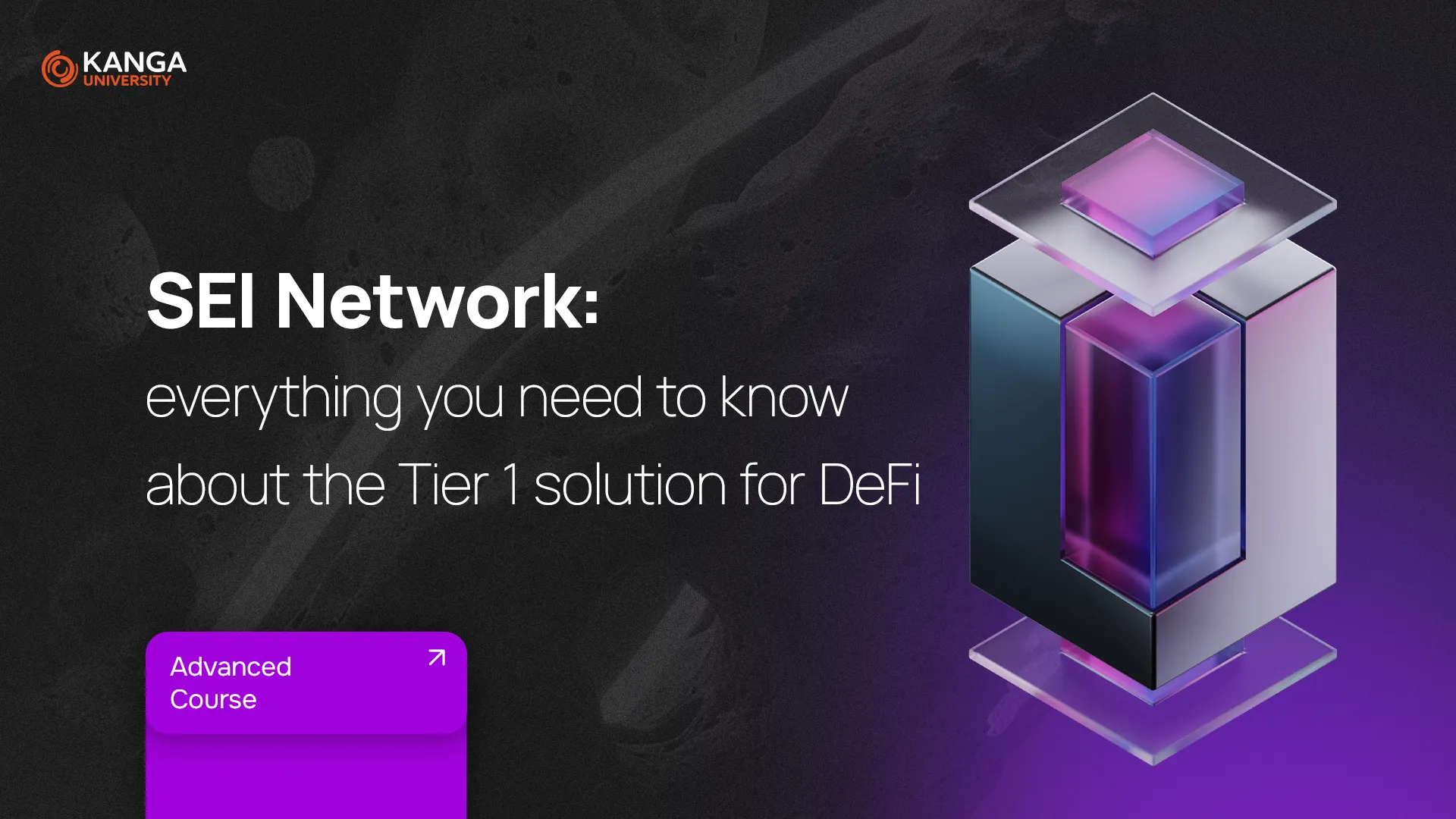
In the ever-evolving world of crypto, new blockchains come and go. But every now and then, a project appears that feels different — like it’s solving real problems rather than just adding another coin. SEI Network might be that kind of project. It’s built for speed, efficiency, and specifically for decentralized finance (DeFi) applications that rely on advanced trading infrastructure.
What is SEI Network?
SEI is a Layer 1 blockchain built using the Cosmos SDK, designed to support a new generation of DeFi apps — especially those using a Central Limit Order Book (CLOB). This means it’s optimized for trading platforms where orders are matched just like on traditional stock exchanges.
Unlike most general-purpose blockchains, SEI focuses on specialization. It’s not just another Ethereum alternative. It’s a tailored solution aiming to fix three core issues in DeFi: slow speeds, high costs, and poor user experience.
Why Does SEI Matter?
Most blockchain ecosystems force developers to build on a shared chain with limited flexibility. Apps often struggle with interoperability and performance bottlenecks. SEI takes a different approach. It offers developers an environment where they can build custom, high-performance DeFi apps, without needing to launch their own chain from scratch.
Because SEI is part of the Cosmos ecosystem, it connects with over 50 other blockchains through IBC (Inter-Blockchain Communication). This opens the door for seamless cross-chain trading, lending, and more.
Key Features of SEI Network
SEI introduces several innovations that set it apart:
-
Built-in order matching engine (CLOB)
-
Native price oracles
-
Frontrunning protection
-
Optimistic block production
-
Parallel order execution
-
IBC integration for cross-chain communication
-
CosmWasm smart contract support
These features allow SEI to handle thousands of transactions per second while keeping fees low and maintaining security.
How Does SEI Work?
SEI is a DeFi app-chain that behaves like a Layer 1. This hybrid structure gives it flexibility and scalability. While most app-chains focus on one application, SEI is designed to support a wide range of DeFi services, all of which can interact with each other natively.
The network is optimized from the ground up for speed, order flow management, and modular execution. Developers can use SEI to deploy high-performance apps with advanced trading functionality without reinventing the wheel.
The SEI Ecosystem
While SEI is still in its testnet phase, over 70 applications are already preparing to launch on it. Here are some of the key players:
Vortex Protocol
A decentralized derivatives exchange built on SEI’s CLOB. Offers leverage up to 10x and supports futures contracts across more than 35 assets.
Pharaoh Protocol
A synthetic assets platform for trading tokens that track real-world or crypto assets. Details are still under wraps.
Axelar Network
A cross-chain bridge that connects SEI with other Cosmos chains.
Synthr
A synthetic token protocol supporting Ethereum, Aptos, Sui, and SEI.
KYVE
A decentralized data protocol that stores SEI-generated data and archives it permanently using Arweave.
White Whale
A liquidity aggregator that addresses cross-chain liquidity fragmentation in Cosmos.
Multichain
Another cross-chain bridge improving user access and asset movement between blockchains.
Skip Protocol
A tool for decentralizing MEV (Maximum Extractable Value) and offering frontrunning protection in Cosmos.
Kado
A Web3 payments company that powers on-ramp and off-ramp services, converting fiat to crypto and vice versa.
UXD
A decentralized stablecoin protocol first launched on Solana, now expanding to SEI.
Nitro
An optimistic rollup using Solana’s virtual machine to enhance scalability.
Summary
SEI Network is positioning itself as the first purpose-built Layer 1 for DeFi trading applications. It offers a highly specialized toolkit for developers who want more control, performance, and interoperability than other chains can offer.
If SEI succeeds, it could reshape how decentralized trading works — making it faster, cheaper, and more flexible than ever before. It’s also a key addition to the rapidly growing Cosmos ecosystem, and one that’s worth watching closely in the coming months.